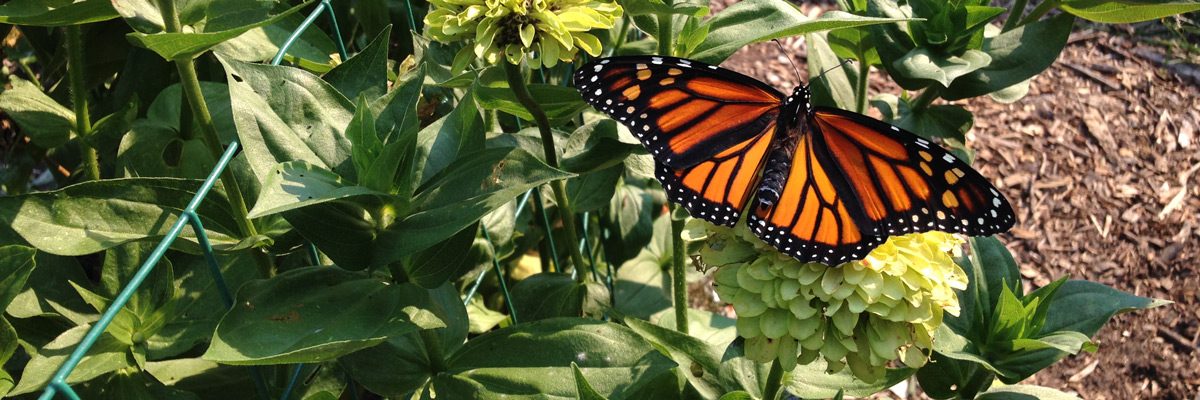Please read the entire post because the last line is curious.
http://aggie-horticulture.tamu.edu/archives/parsons/fallgarden/fallharvest.html
HARVESTING OF FALL GARDEN PRODUCE
After gardeners have worked SO hard and SO long to grow fresh, could-be-delicious produce, many are often robbed of their potential goodness because of improper, ill-timed harvesting. To avoid the occurrence of that unfortunate situation again, we have listed a number of the most popular garden vegetables and the harvest procedure for each.
BEANS, SNAP – Harvest before maturity when pods are not completely full for maximum tenderness. Wash immediately and refrigerate.
BEETS – Early beets should be pulled from the row when about 2 inches in diameter. If they are allowed to get much larger, they become woody, especially in warm, dry weather. Remove all but about 1 to 1 1/2 inches of the tops. Wash and refrigerate immediately.
BROCCOLI – Broccoli heads should be harvested when they reach a 4 to 8 inch diameter size and are firm and compact. Maximum size potential can be determined by watching the floret development. Broccoli heads appear to be singular structures when actually they are composed of many individual flowers called florets. When individual groups of florets begin to loosen and emerge from the otherwise continuum surface and are not tightly clustered, the head is as large as it is capable of being. If allowed to remain without harvesting, the florets will continue to elongate and eventually the entire head will be a yellow blooming composite flower. To harvest cut the stalk below the head leaving 8 to 10 inches of stem and attached leaves. Chill immediately.
BRUSSELS SPROUTS – Harvesting usually begins in 3 to 3 1/2 months after transplanting. Early sprouts should be picked over several times, the lowest on the plant being taken each time, otherwise these will open out and become yellow. The first picking should not be delayed after the lower leaves begin to turn yellow as the sprouts get tough and lose their delicate flavor. In picking, the leaf below the sprout is broken off and the sprout removed by breaking away from the stalk. As the lower leaves and sprouts are removed, the plant continues to push out new leaves at the top, and in the axil of each leaf a bud, or sprout, is formed. All lower sprouts should be removed even though they may fail to make solid little heads.
Many gardeners obviously plant cabbage, cauliflower and carrots and don’t know when to harvest them. Size alone cannot be used as the determining factor since variety grown and cultural conditions can determine the size at maturity. Also many vegetables can be eaten in an immature stage before maximum size is attained.
CABBAGE – Waylon Jennings tells folks how to determine when cabbage is mature, i.e., it has to be “firm feeling.” When cabbage heads become solid and the sides or top cannot be pressed in with the thumb, it is mature and large as it will get. Often mature heads will split open. If you want to delay harvest of mature cabbage yet prevent splitting of mature heads, twist the entire plants slightly to break several roots. This will reduce uptake of water from the soil and delay splitting.
CAULIFLOWER – Cauliflower heads should be harvested when they reach a 4 to 8 inch diameter size and are firm and compact. Maximum size potential can be determined by watching the floret development. Cauliflower heads appear to be singular structures when actually they are composed of many individual flowers called florets. When individual groups of florets, termed curd, begin to loosen and emerge from the otherwise continuum surface and are not tightly clustered, the cauliflower is as large as it is capable of being. If allowed to remain the florets will continue to elongate and eventually the entire head of cauliflower will be a yellow blooming composite flower. To harvest cut the stalk just below the head. The yellowish color of cauliflower curd surface is caused by exposure to sunlight rather than roaming pets with indiscriminate urinary habits. To protect the cauliflower head from sun and subsequent discoloration, when the small bud head appears in the center of the plant draw the lower leaves of the plant loosely over the bud in a tent-like fashion. Fasten them together with string or a rubber band. Really hungry, frugal gardeners always want to know if the leaves of cauliflower, broccoli and Brussels sprouts are edible. Certainly! However, older leaves are naturally tougher and excessive leaf removal reduces overall yield and size. Leaves of cauliflower, broccoli and Brussels sprouts are just as good as collard and mustard leaves provided the correct amounts of fat-back and black-eyed peas are available. (Northerners won’t understand this sentence!)
CARROTS – Since there are many varieties with different potential sizes and lengths, when to harvest can be a mystery. Most varieties fully mature within 60 to 85 days but can be pulled and consumed earlier. Crown size can be an indicator. The crown, where the foliage attaches to the root, usually attains at least a three-fourths inch diameter size when the carrot is fully mature. Another surefire technique is to pull the largest carrot and examine the bottom or growing tip. If the tip is orange the carrot is mature. If the tip is white the carrot is still growing and will continue to enlarge. There is no need to harvest the carrot crop all at once. Carrots can be left in the ground after they mature for several weeks without adverse affects. In fact, the cool garden soil is the best place in Texas to store carrots.
:}
More tomorrow.
:}

 GREEN ECONOMY
GREEN ECONOMY
